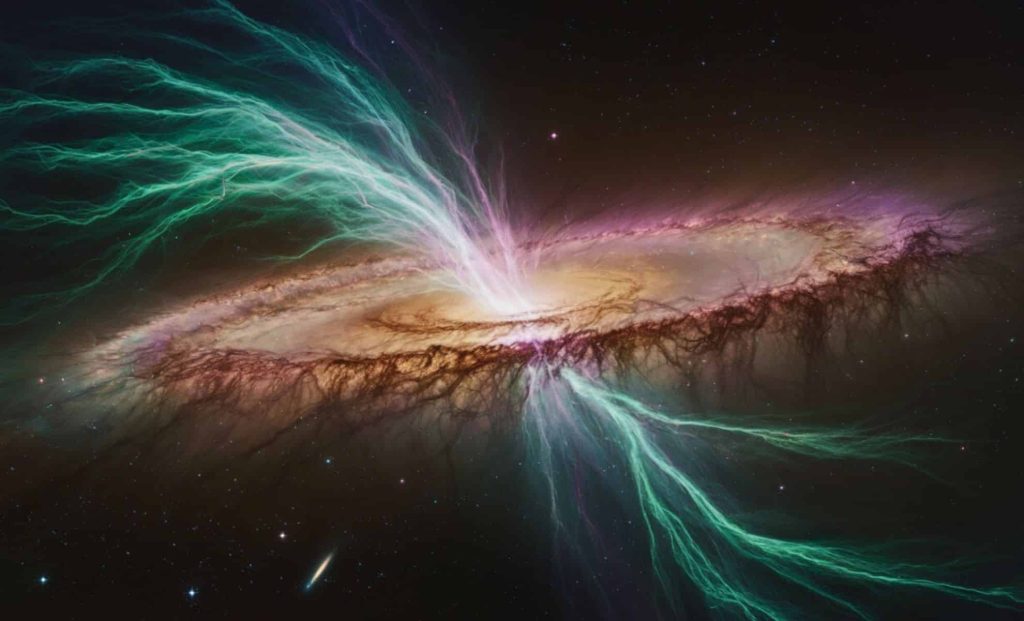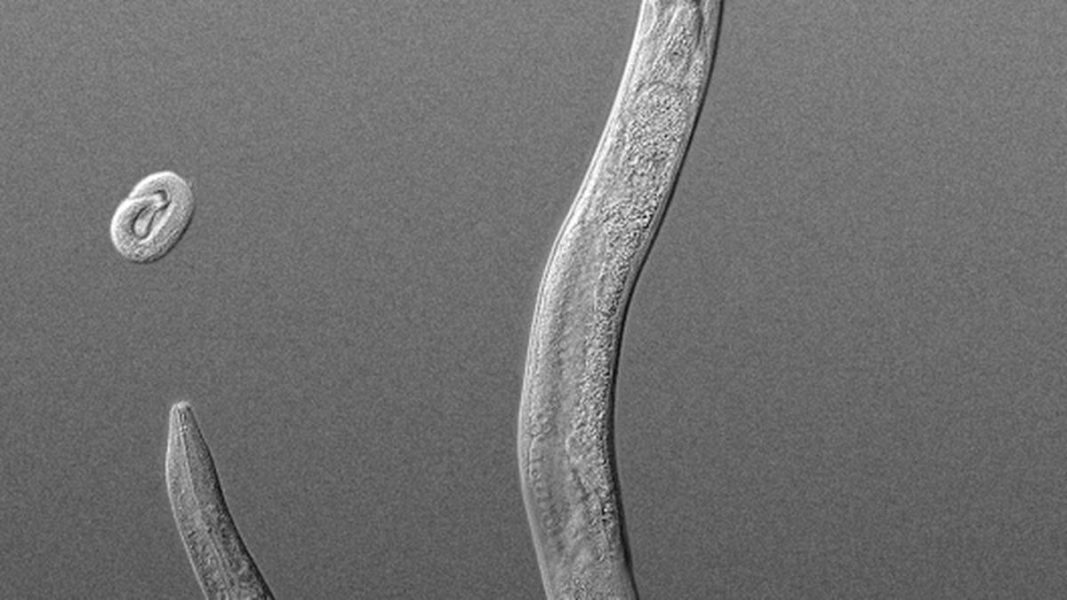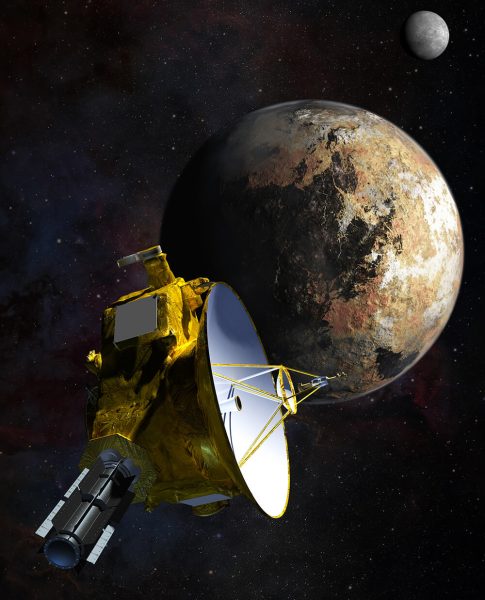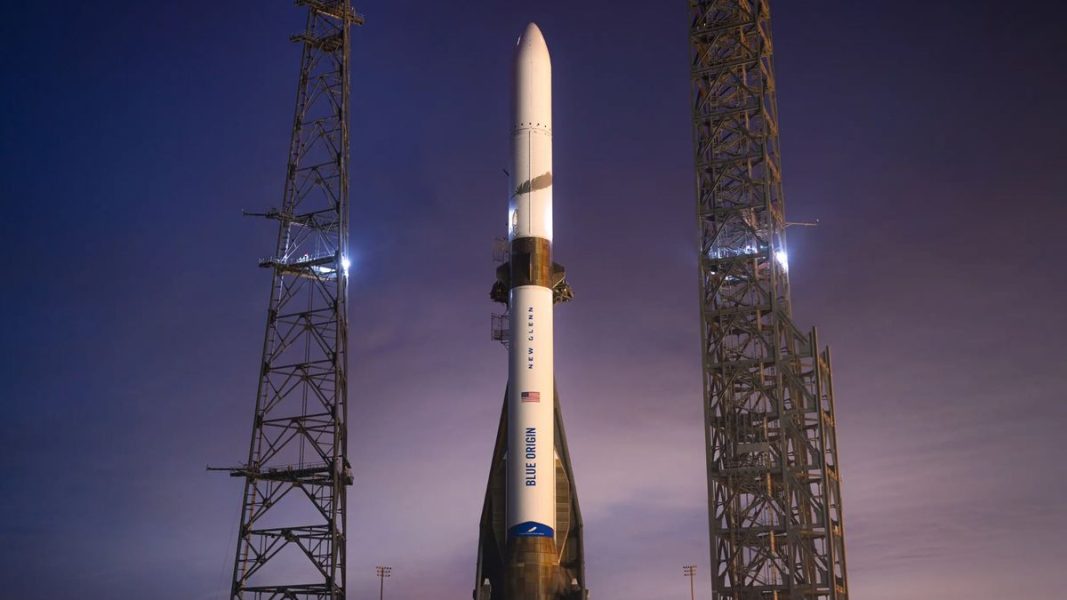The Atoms in Your Body Once Traveled Beyond the Galaxy—Here’s How They Returned – Indian Defence Review

The atoms that make up your body weren’t just born in the hearts of stars—they embarked on a mind-bending journey far beyond the Milky Way. New research reveals that some of these particles wandered into deep cosmic space before eventually returning to form Earth and life as we know it.New research reveals an astonishingly intricate process by which atoms forged in stars leave their galaxies, traverse vast cosmic distances, and ultimately return to contribute to the next generation of stars, planets, and life. This path, involving the circumgalactic medium (CGM), challenges traditional notions of galactic boundaries and highlights the profound interconnectedness of the universe.All elements heavier than hydrogen and helium originate in stars, primarily during dramatic events like supernovae or neutron star mergers. These cataclysmic processes generate and expel elements like carbon, oxygen, and iron, which are critical for rocky planets and life. Traditionally, it was thought that these elements remained within their galaxies, directly fueling the formation of new stellar systems.However, new insights show that stars eject a significant portion of their heavy elements into the circumgalactic medium, a diffuse halo of gas and particles extending far beyond a galaxy’s visible structure. This expulsion occurs via supernovae, stellar winds, and other high-energy phenomena.Samantha Garza, the study’s lead author, explained, “The heavy elements that stars make get pushed out of their host galaxy and into the circumgalactic medium through their explosive supernovae deaths, where they can eventually get pulled back in and continue the cycle of star and planet formation.”The CGM functions as a galactic recycling system, expelling material and pulling it back in over billions of years. Recent observations have shown that this medium is far more dynamic and widespread than previously understood, with heavy elements such as carbon detected up to 400,000 light-years from their host galaxies—nearly four times the diameter of the Milky Way.Using the Hubble Space Telescope’s Cosmic Origins Spectrograph, Garza and her team analyzed light from nine distant quasars that passed through the CGM of 11 star-forming galaxies. By examining how quasar light was absorbed at different wavelengths, the researchers confirmed the presence of carbon, an element crucial to life. They also compared these findings with passive galaxies, where star formation has ceased, and found carbon to be significantly less abundant.The study revealed stark differences in the CGM of star-forming versus passive galaxies:Garza noted, “If you can keep the cycle going—pushing material out and pulling it back in—then theoretically you have enough fuel to keep star formation going.” A breakdown in this loop could explain why some galaxies stop forming stars, effectively “dying” in an astronomical sense.The detection of carbon in the CGM is particularly significant, as this element is one of the building blocks of life. While hydrogen and helium dominate the CGM, heavier elements like oxygen and carbon are ejected from galaxies during explosive stellar events and take an indirect path back into the galactic environment.Prior studies have identified other elements, such as magnesium, as more prevalent around star-forming galaxies, hinting at a broader pattern of heavy-element distribution. However, much remains unknown about the full range of elements present in the CGM. The detection of these elements requires precise spectrographic measurements, as the CGM is incredibly diffuse—its density is roughly equivalent to a single hydrogen atom per cubic meter.The discovery that elements like carbon can spend significant time outside of galaxies before re-entering highlights the vast journey of the materials that make up stars, planets, and living organisms. Co-author Jessica Werk emphasized, “The same carbon in our bodies most likely spent a significant amount of time outside of the galaxy!”This long interstellar and intergalactic journey underscores the interconnected nature of galaxies and their environments. The researchers speculate that disruptions in this recycling system could profoundly affect galactic evolution. For example, a galaxy’s inability to pull back expelled material might lead to a permanent decline in star formation, rendering the galaxy “dead.”These findings deepen our understanding of the cosmic processes that shape galaxies, fuel star formation, and ultimately give rise to life. The atoms that make up Earth—and our own bodies—are not only the remnants of ancient stars but are also travelers of immense distances, having left their home galaxies and returned after billions of years.We are, quite literally, stardust that has journeyed across the universe, woven into the grand tapestry of cosmic evolution. This profound connection to the cosmos underscores the delicate and dynamic nature of the systems that make life possible. The discovery that these systems span beyond galaxies challenges our understanding of where a galaxy begins and ends, redefining the boundaries of cosmic creation.The study is published in The Astrophysical Journal Letters. Got a reaction? Share your thoughts in the commentsEnjoyed this article? Subscribe to our free Newsletter for engaging stories, exclusive content, and the latest newsComment Save my name, email, and website in this browser for the next time I comment.
© 2024 | Indian Defence Review | All rights reserved






